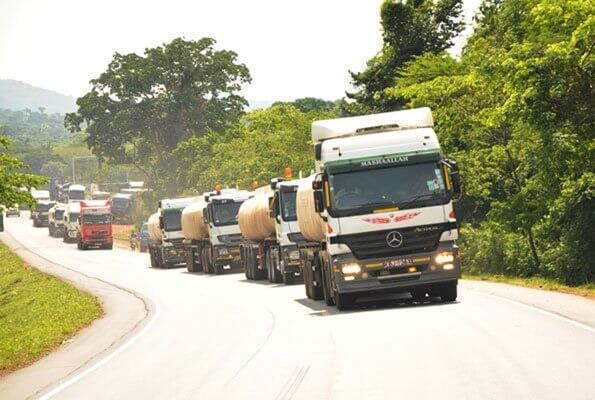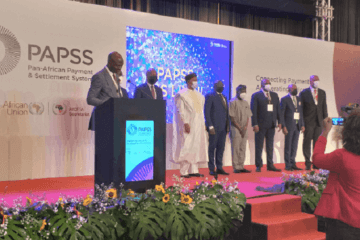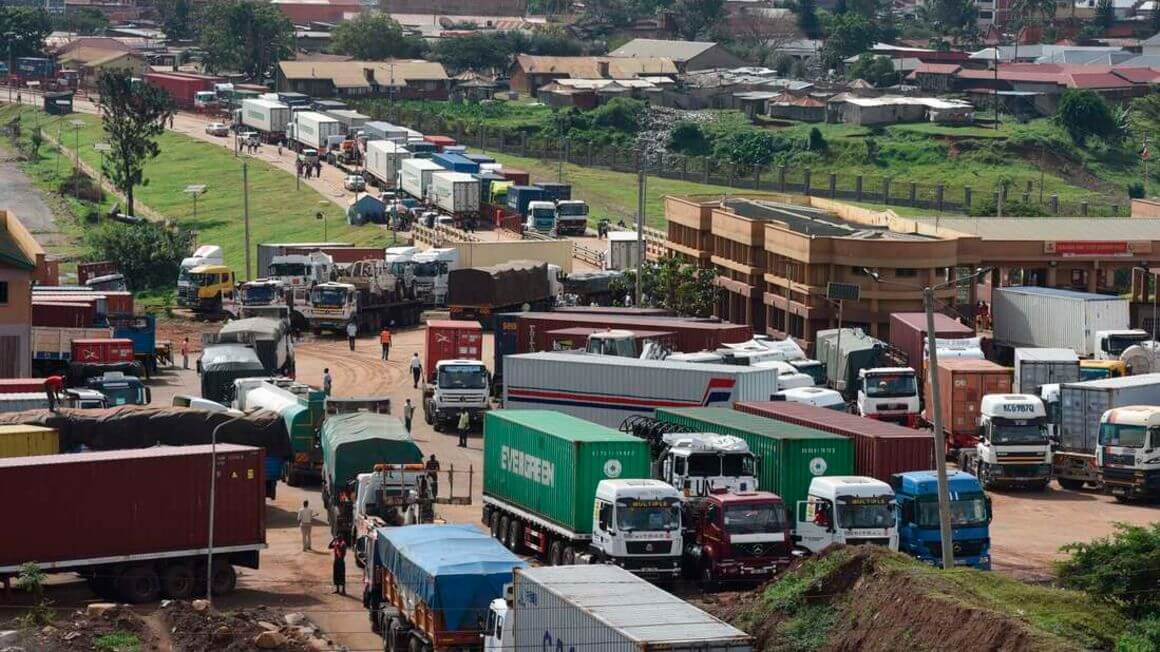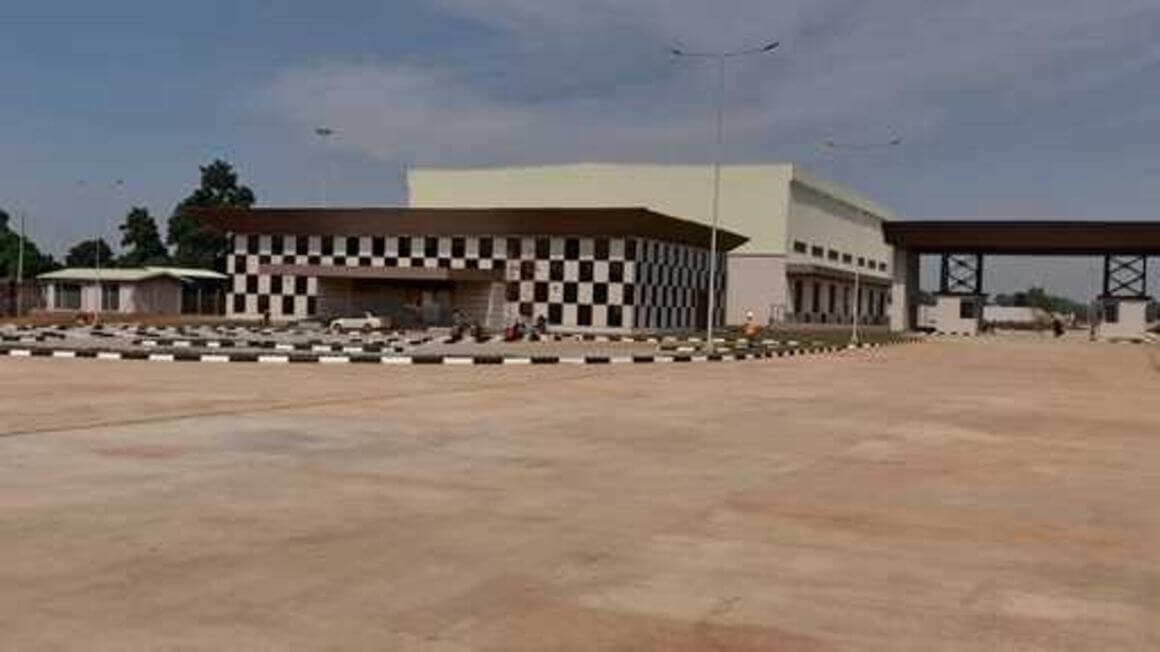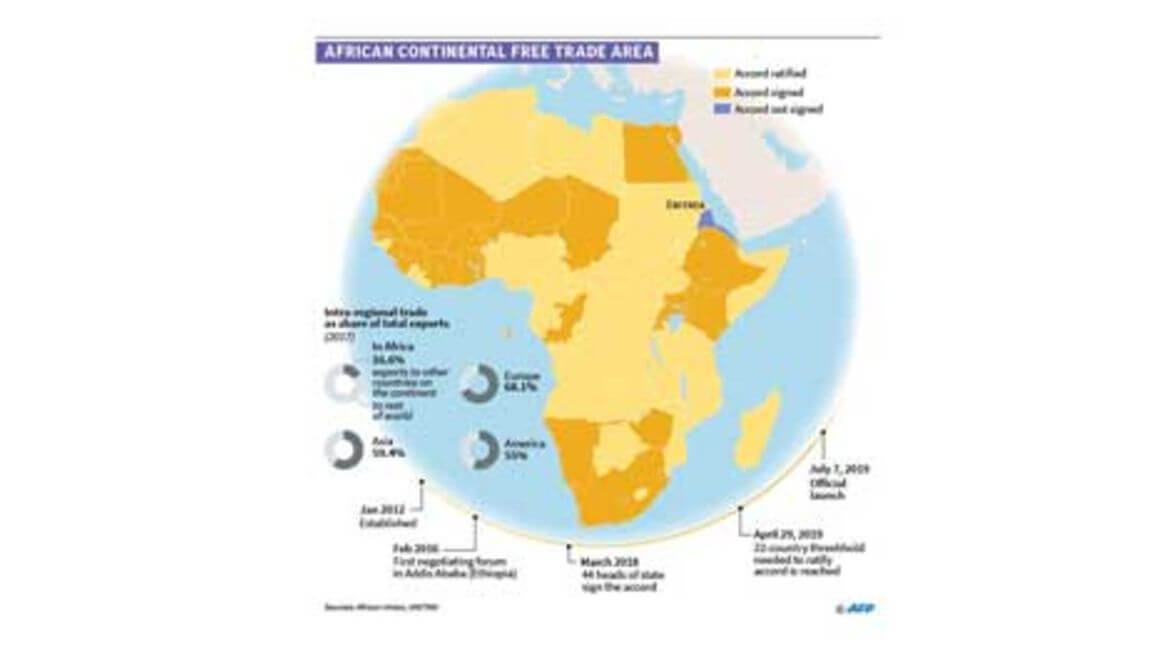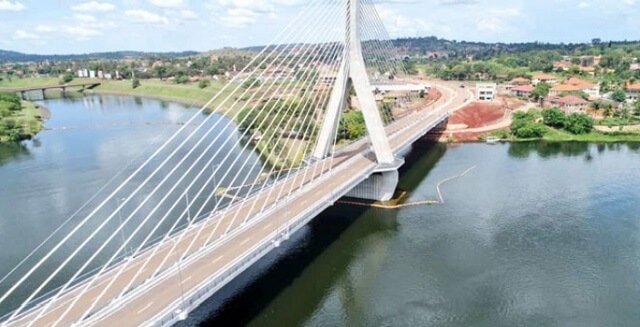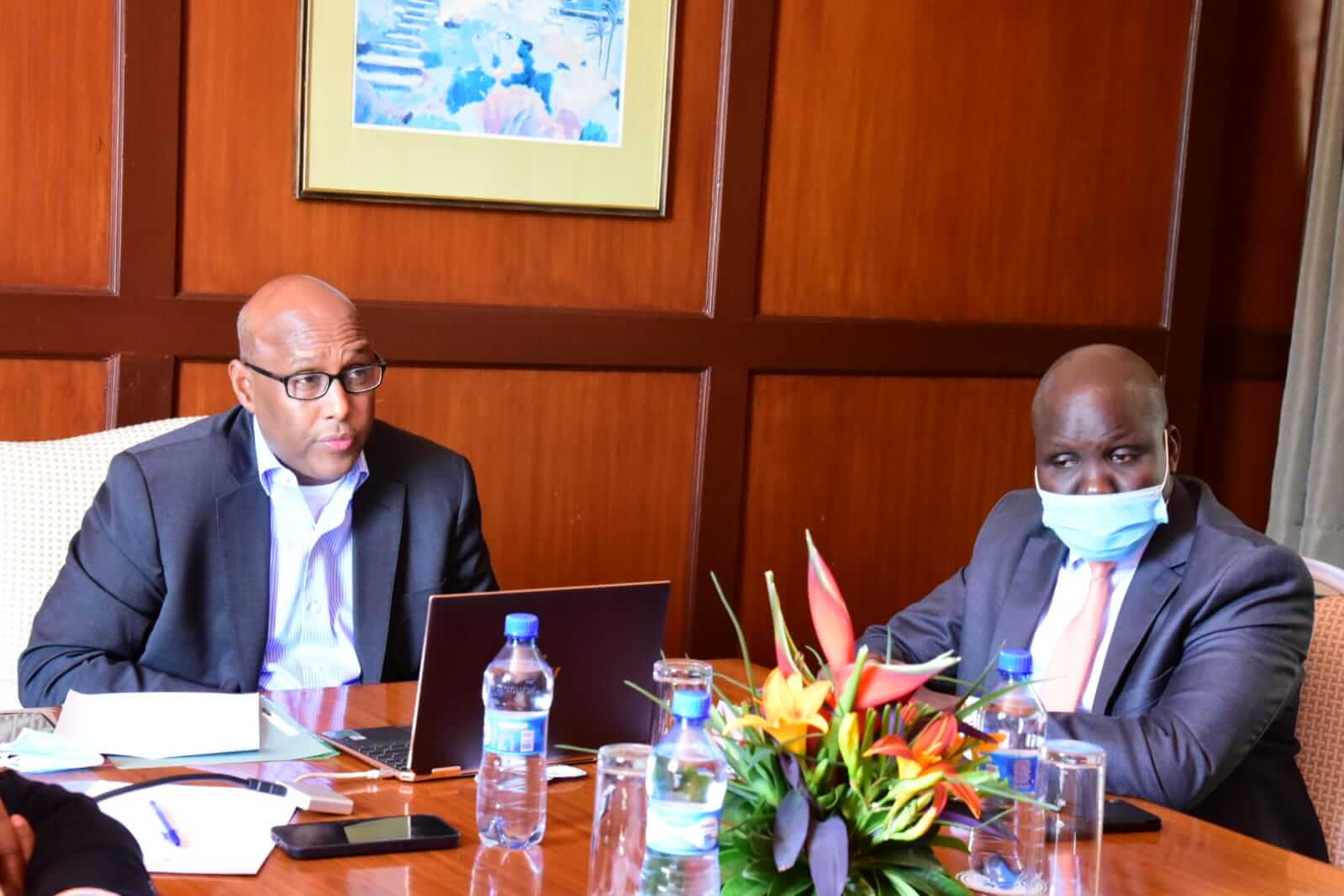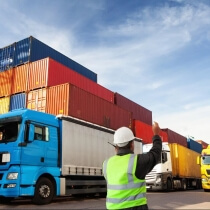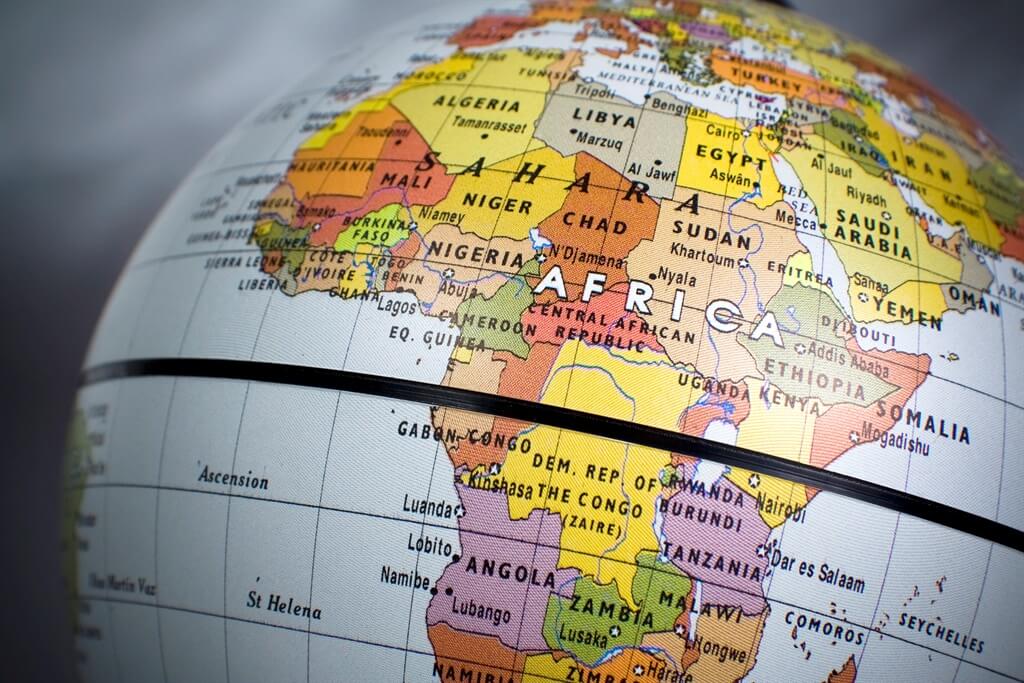Deputy Foreign Affairs Minister has said the governments of Uganda and Kenya have removed certain trade barriers impeding the flow of commodities into landlocked South Sudan. The hurdles include the compulsory Covid-19 retest of truck drivers imposed by the Ugandan authorities – and the electronic cargo tracking deal a Juba-based company, K-Polygone SAS extended to Uganda’s IVESCO Uganda Limited. More than a week ago, regional truck drivers protested against Ugandan authorities for imposing a compulsory second test for Covid-19 despite having taken the booster from one’s country of origin. The move caused shortages of goods including fuel in Uganda as truck drivers parked at the Malaba and Busia entry points to Uganda for several days. This reportedly led to a shoot-up in commodity prices there with South Sudan being affected as well. Deputy Foreign Affair Minister, Deng Dau says he met with Kenyan Ministers of Transport and Trade before traveling to Kampala, Uganda on Thursday to resolve the matter. “With our meeting the government of Uganda, that thing was resolved. And that all the truck drivers tested in one country are allowed, and the testing can last up to 14 days,” Deng said. According to him, more than one thousand trucks destined for South Sudan left Malaba and Bussia on Friday. Praising the move, Dau said “I’m happy to report that the governments of Kenya and Uganda are both supportive … And yesterday about 1026 trucks have left.” Concerning the electronic cargo tracking deal the Trade and Industry Ministry and...
Trucks to arrive SSD in big numbers as Uganda, Kenya remove trade barriers – Deng Dau
Posted on: January 24, 2022
Posted on: January 24, 2022

